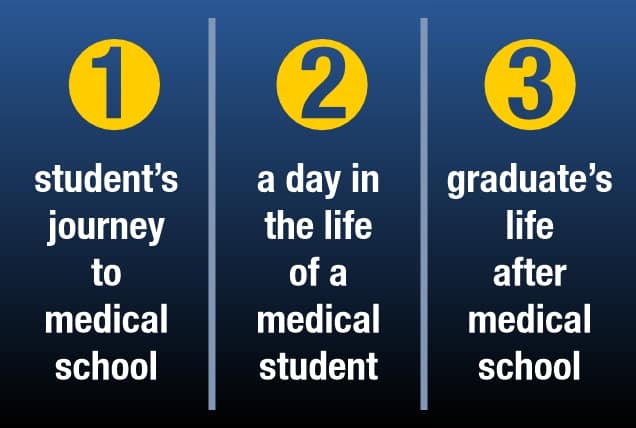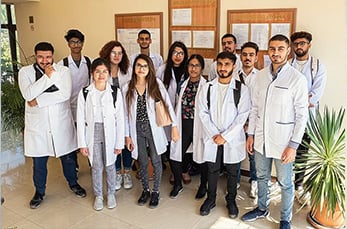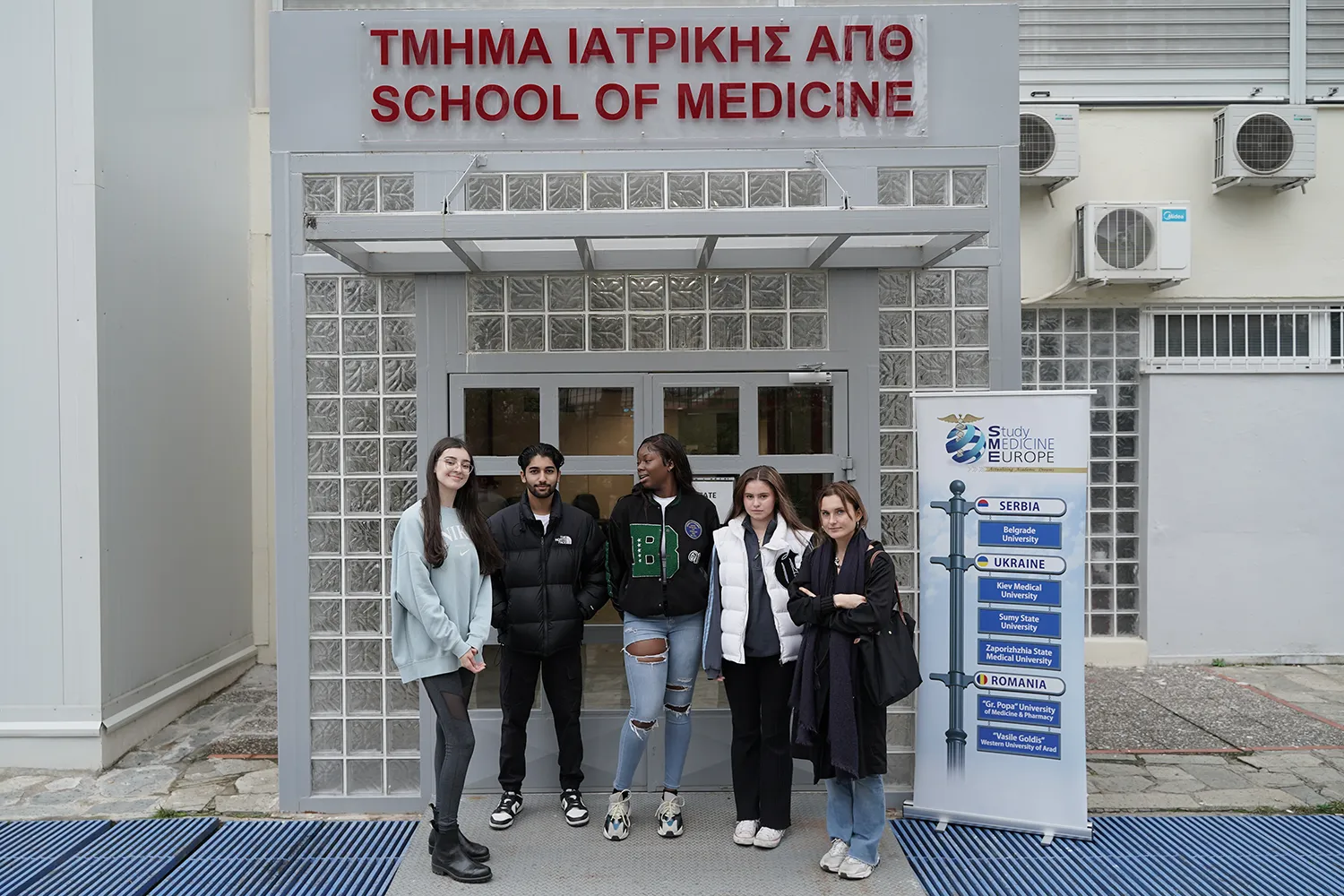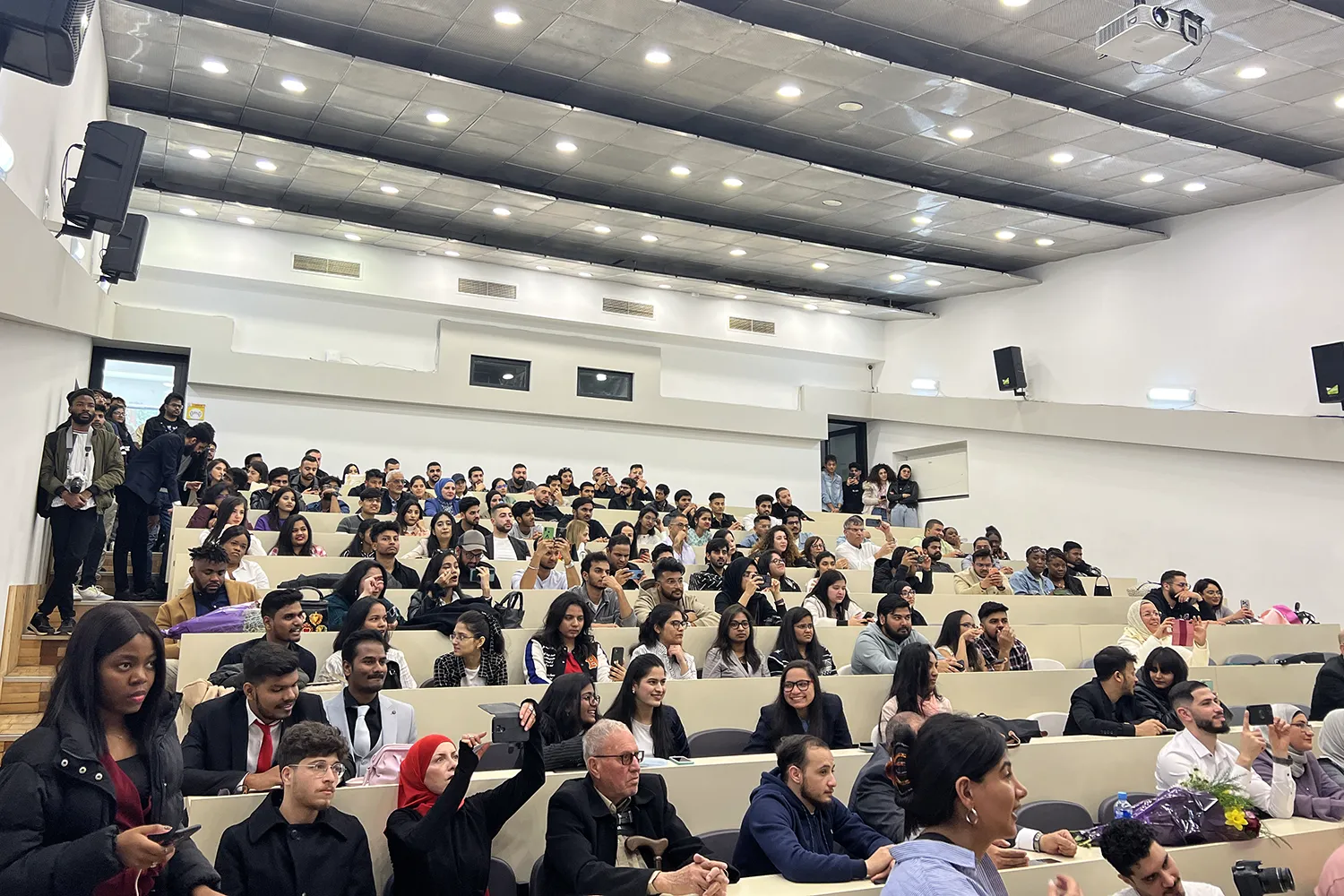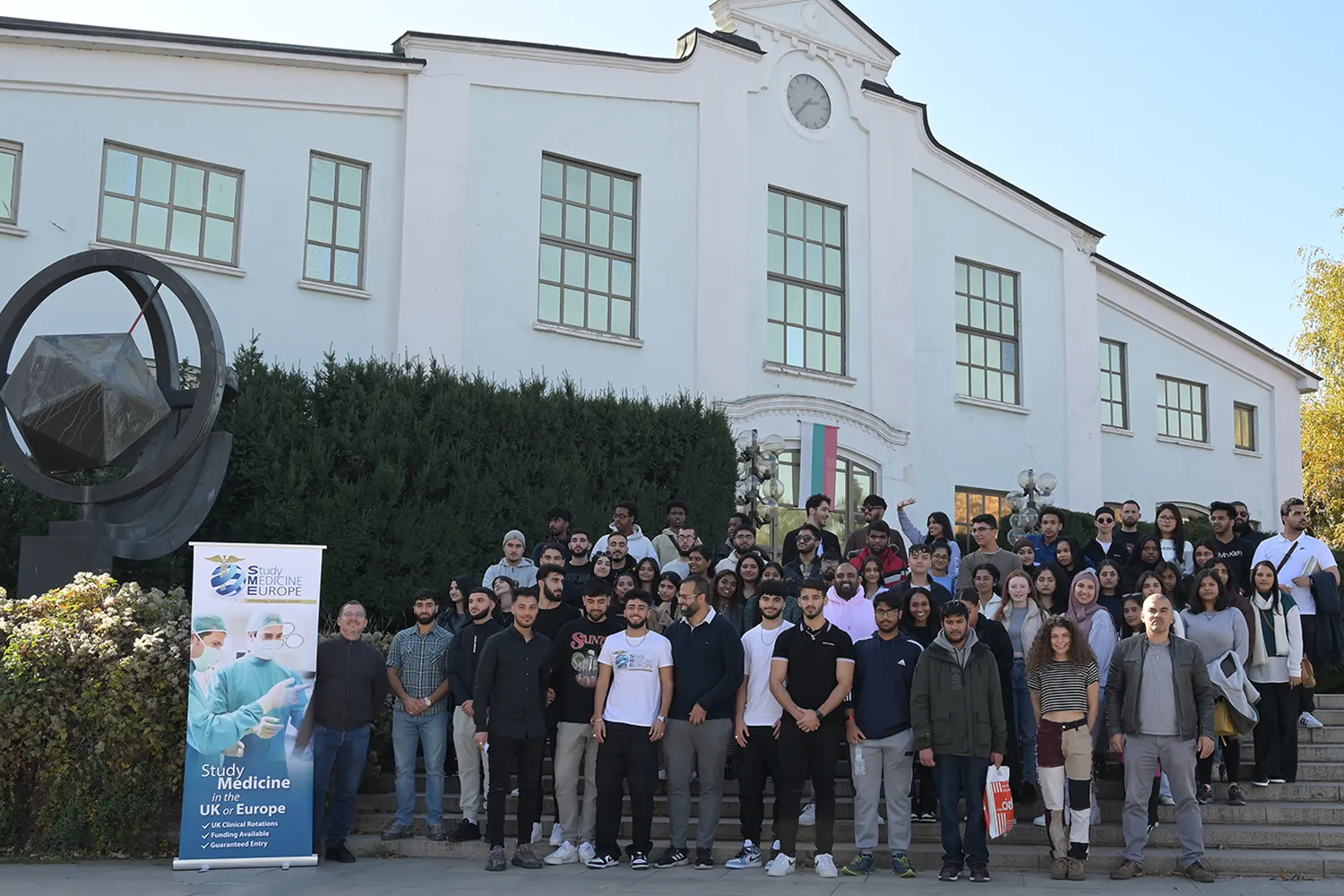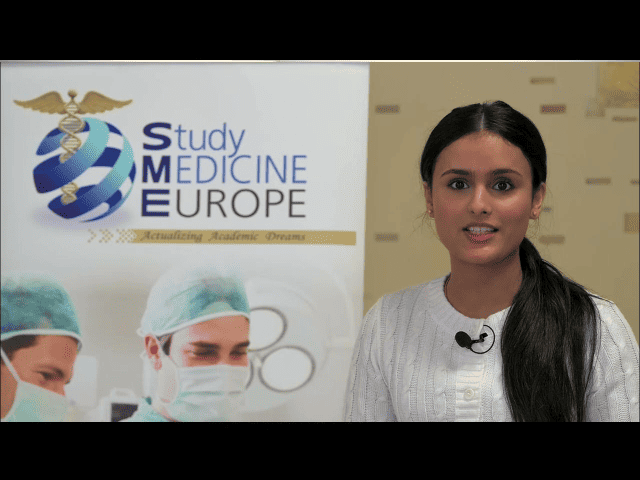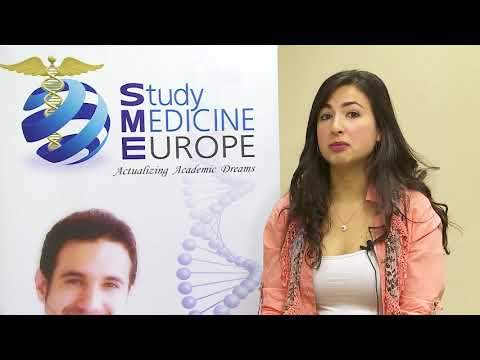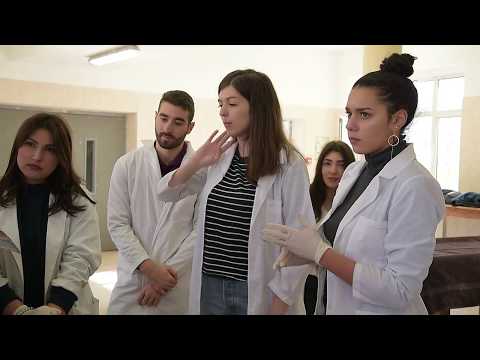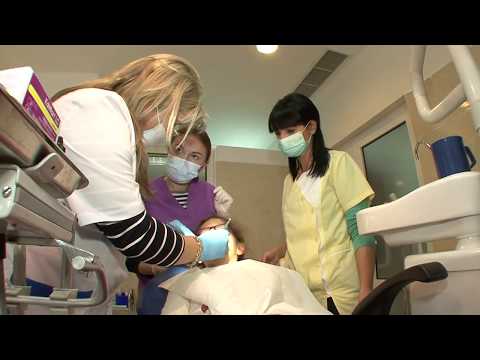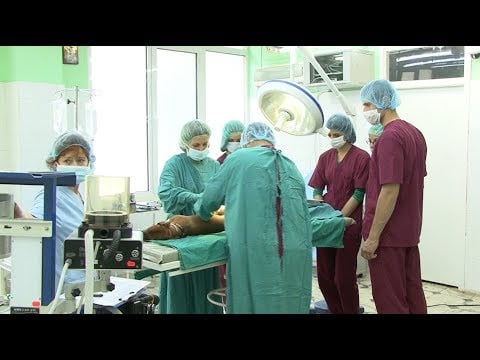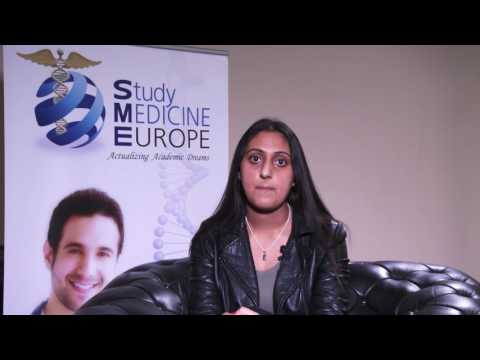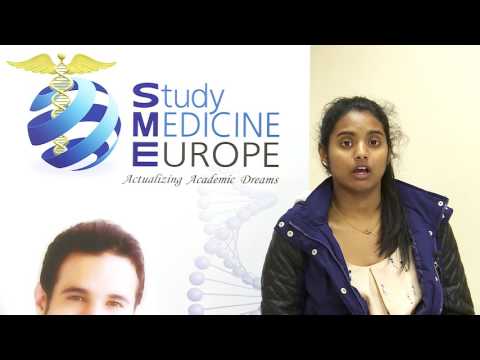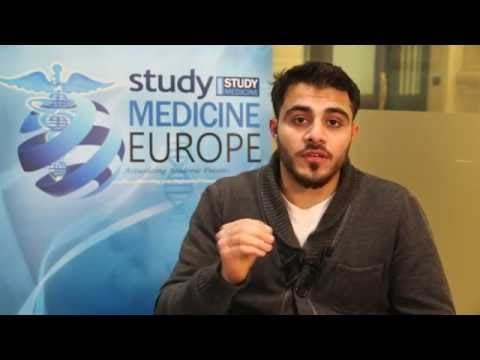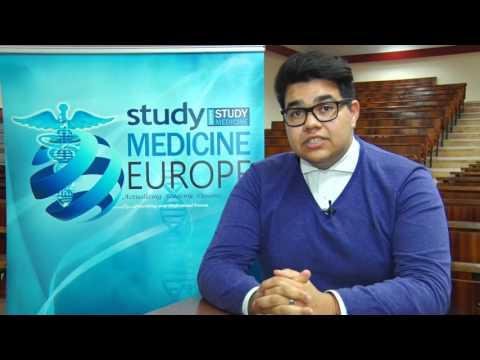Why Consider Transferring to a Medical University in Europe?
Admission
No entry exams
Tuition fees
Medicine: $3,000/year
Intake
October, November, March & May
Transfer
Remaining years following transfer
It’s absolutely normal for UK students to ask themselves the question, can you transfer your medical school? As a medical programme progresses, personal needs and individual circumstances might change. Or, new goals develop and professional interests evolve, so it’s good to know what options exist once programmes have started.
Before discussing why and how students transfer from medical programmes across the UK and Europe, here’s some key facts. Students who meet the criteria outlined in these FAQs will pass the core eligibility requirements and conditions for medical school transfers.
- Medical school transfers are a legal right
- Every medical programme student has the legal right to a medical transfer. If students are seeking a transfer, their current medical school is obligated to provide the following upon the student’s request:
- Academic transcript
- Letter of Evaluation for the transfer school
- Every medical programme student has the legal right to a medical transfer. If students are seeking a transfer, their current medical school is obligated to provide the following upon the student’s request:
- Conditions for eligibility including which universities accept transfers vary
- Despite the legal right to transfer, not all universities accept transfer students. Further to this, each region tends to have its own criteria and conditions around transfers:
- UK medical schools don’t accept transfer students from international programmes — including medical schools in a continental region (European Union).
- U.S. medical schools vary according to how they recognise non-U.S. medical school credits from classes already studied. Generally they don’t recognise non-U.S. transfers.
- European medical schools may accept international medical school transfers based on their openness to non-European medical students. Despite schools’ flexibility, students will still need to meet transfer requirements including credits and years of study completed.
- Despite the legal right to transfer, not all universities accept transfer students. Further to this, each region tends to have its own criteria and conditions around transfers:
- Core eligibility requirements tend to be the same between all universities
- Students should be prepared for almost all medical schools having the exact same core eligibility requirements for transfers:
- Completion of at least 1 year of medicine studies at an accredited medical university
- Transfers are accepted for the beginning of the academic year (may vary depending on the region or country)
- Acceptance is based on programme places available
- Additionally, these eligibility requirements are common:
- Minimum grade point average (GPA) for applying students on academic transcripts
- European medicine programmes generally accept medical transfers whereas UK and U.S. schools are unlikely to
- Transfer applications should be well-substantiated with a legitimate reason for the change request
- Students should be prepared for almost all medical schools having the exact same core eligibility requirements for transfers:
- Students must remain in their existing Medicine, Dentistry, or Veterinary Programme when they transfer medical schools
- Students can transfer their programme between medical schools, e.g. from undergraduate medicine at one medical school to undergraduate medicine at a different school. Transfers from a medicine programme to a different programme at a different school aren’t possible, e.g. transferring from a medicine programme to a dentistry programme during the school transfer.
- There are countless benefits to students transferring from their current medicals school to a European medical university.
- Studying in Europe is a positive experience for any international student aiming to build a global medical career.
- Whether it’s studying in an exciting country with a strong heritage of medical education or pursuing international training, a medical school transfer is an excellent strategic move academically and personally!
- Above all, it’s worth transferring to a medical university in Europe as there are countless world-class medical schools offering renowned medicine programmes, so finding the perfect medical transfer is extremely likely.
- Another benefit for transferring programmes to Europe is more affordable tuition fees that are at least 10% cheaper annually than the UK.
- Living costs are also much lower — at least 80% less than London — without negative impacts on education quality, lifestyle, or medical school location.
- European medical schools are well-connected with diverse transit infrastructure and many are established in stunning capital cities or charming, medium-sized university cities.
- In addition to lower tuition fees than the UK and the U.S., international medical programmes are taught entirely in English and students are qualified with a globally-recognised Doctor of Medicine (MD) degree.
- Students are still able to pursue a range of clinical training opportunities including international internships plus many universities have international placement partnerships and exchange programs.
- To qualify for an international transfer to a medical university abroad, every student must have completed at least one semester at any accredited medical university.
- If they meet this criteria, the candidate can transfer to any of our Study Medicine Europe partner medical universities in:
- If students have already completed an undergraduate degree in a field related to medicine, they may apply for a graduate entry programme.
- When students are applying to transfer medical schools, it’s important to be prepared for how each university’s guidelines affect approvals.
- In order to graduate from a medicine programme, students must meet the graduation requirements in line with the university curriculum and regional legislation.
- Because every medicine programme curriculum is slightly different, admissions departments need to ensure that transfer students can meet entry requirements.
- Specifically, universities will check that the student’s academic transcript matches their school’s medicine programme curriculum.
- Accordingly, every medical school non-negotiably requires transfer students to have completed a one year minimum of a medicine programme.
- Furthermore, if students don’t meet curriculum requirements, the medical school may require them to complete extra courses to be accepted.
- Any student looking to transfer medical schools should do so sooner than later as — if additional courses are required — it means fewer coursework to make up for acceptance, then graduation.
Across Europe, students have a range of world-class medical schools to choose for transfer for 6-Year Undergraduate Medicine and 4-Year Graduate Medicine.
Properly timing a transfer application along with making a strong application is essential so these steps will help students prepare:
- Develop a clear medical school transfer plan
Before making transfer applications, students should have a clear sense of their goals, preferences, and the campus experience they like. This will help with choosing a medical school to transfer to including the country, setting, and programme structure. - Choose medical schools and prepare for applying
Every medical school is different so get a clear sense of what’s on offer and review it against personal plans. During this time, it’s valuable to seek services like Study Medicine Europe that can provide firsthand insights into the full range of medical school options to give you personalised recommendations. - Request academic transcript documents from current medical school
Each university may require a specific kind of transcript. Generally, transcripts must include information on the number of hours (lectures, practice) completed, ECTS credits and examination grades for each subject. SME can advise on this in advance so students have extra time to request these from their medical school. - Finalise applications for multiple medical schools including transcripts and documents according to deadlines
Working with SME, students are supported to apply for a number of schools in line with personal plans. Every university has specific deadlines and most transfers are only accepted for the start of the academic year. SME’s transfer services will help with putting together the right documents and transcripts in line with the medical school’s guidelines, prepare for the individual requirements, and readying for a range of outcomes. - Application submission and pre-transfer preparations
During application evaluation, European Medical Universities review candidate suitability against their transcripts and the academic calendar syllabus for each subject. This can take three to six months so students have time to prepare for what lays ahead. Any insights or support can be provided by SME’s services team including advance steps like preparing visa documents or relocation. - Readying for transfer including extra coursework
Every medical school will evaluate the student’s application and may offer a transfer with the requirement students complete additional coursework. For example, differences in hours of study for a particular module (i.e. the candidate has studied for a shorter period but has covered a similar curriculum). SME can help students speak with the medical school and plan for attending extra classes to meet hours or credits.
Importantly, an applicant cannot advance to a higher year of studies if they have not passed more than 5 exams or less than 45 ECTS credits (each academic year has a total of 60-75 credits). The SME team may be able to help students count some or all of their existing credits in order to accelerate studies by one or many semesters into senior years. - Relocation preparations, visas, and entry exams
Once students are ready for their first semester, they can finalise relocation like visas and any entry exams. SME services cover streamlining this process and helping students prepare for their new medical school. - Official medical school transfer and settling in
Following relocation to their new medical schools, SME’s local team are on hand to support with university sign-ons and more. Having locals to assist makes the transfer less stressful and students can hit the ground running!
- If students are looking at a medical school transfer, they definitely need to check UK General Medical Council (GMC) guidelines.
- A transfer out of the UK, in Europe, or between UK universities may affect qualifications being recognised.
- When it comes to transfer students being able to practise medicine in the UK after graduation, be prepared for the GMC medical registration conditions:
- Degree — The GMC recognises degrees if it’s a branch campus of the same university or transfer to a twin or dual-degree medical school programme.
- Transfer grounds — Degrees cannot be recognised if students transfer after failure or academic dismissal; only legitimate transfer reasons such as inability to complete the original medicine programme.
- Credits — Only credits from a medicine programme are valid for GMC approval — students cannot use credits from a non-medicine degree, including Nursing or Pharmacy, to transfer into a medicine programme.
- Medical school — The degree must consist of credits — both original programme and transfer programme — from GMC-approved medical schools.
- Degree evaluation — Following the degree completion, the GMC will review the student qualifications before recognising the qualification for UK medical practice.
The GMC has specific rules for transfer students, medical programmes studied, and practising medicine in the UK — further information here.








